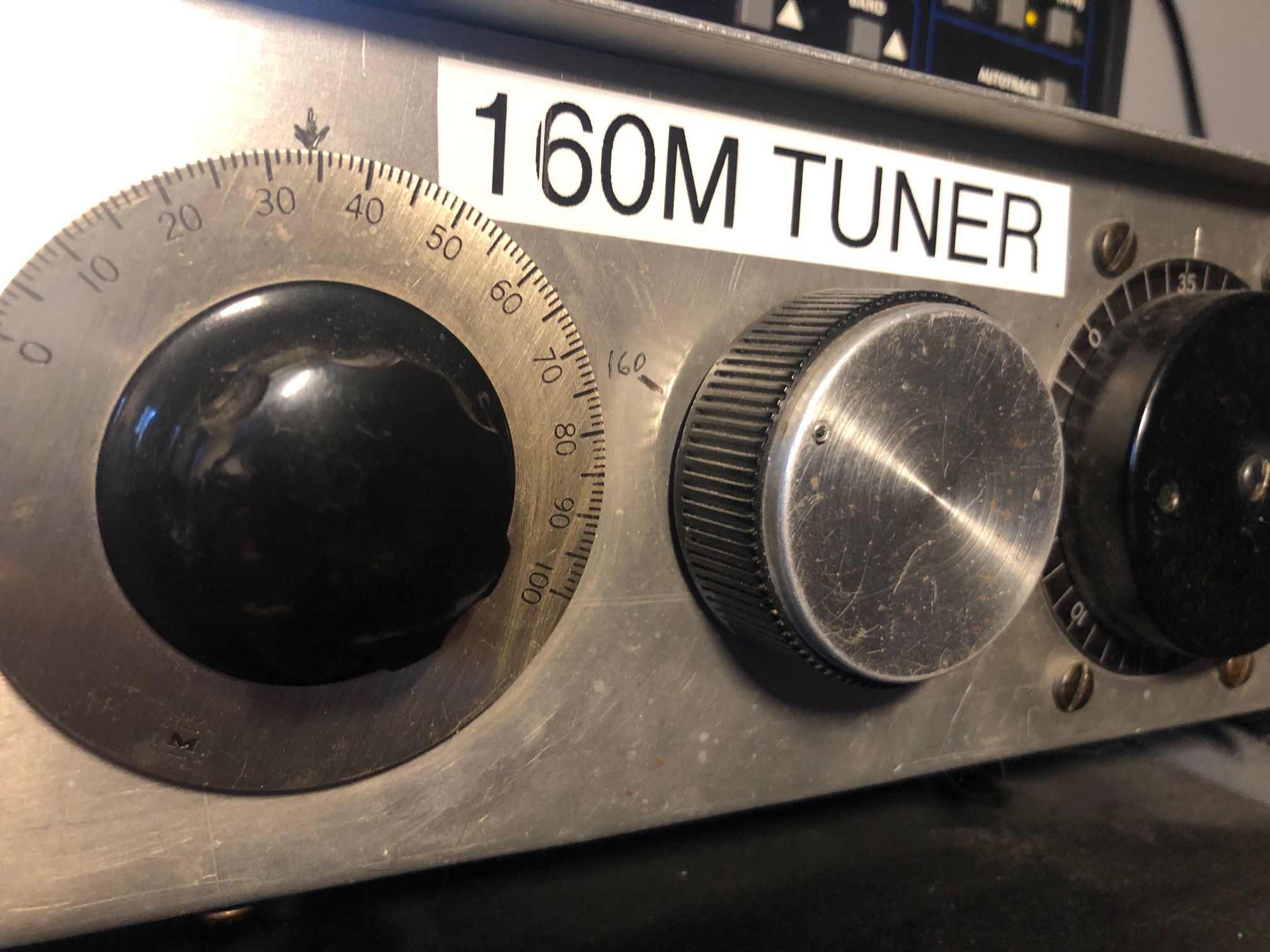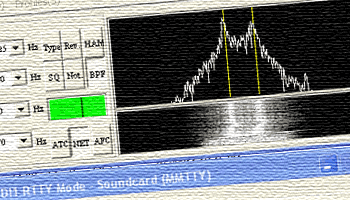
The month of February promises something for everyone, as several major international contests and some pretty neat regional activities fill the calendar. We’ll take a look at what’s on the near horizon in this episode of Zone Zero.

The latest edition of the Zone Zero radio contesting podcast takes a look at the upcoming CQ 160M CW contest, and the antennas used for transmitting and receiving at a modest station that produces plenty of fun in the contests.

The British Amateur Radio Teleprinter Group’s annual 24-hour “Sprint” teletype contest was its usual challenge and a lot of fun.

As we prepare for CQ 160M CW in a week, attention turns to transmit antennas for Top Band (1.8Mhz).

To improve the signal-to-noise ratio on 160M and 80M, many radio contesters and DXers use separate low-noise receive antennas. This alone can make the difference between “working them” and not even hearing them.

For the active contester, seeing your performance moment-by-moment ranked against the performance of other participants can be a real motivator. Welcome to online scoreboards!

A quick word on the Northern Lights, when to look up (what conditions create them), and how to enjoy these awesome night sky displays with a radio or a camera.

Why do I compete in the growing number of WSJT-X-friendly contest offerings? Because they are there, and even more important, a LOT of people who are new to contesting have been drawn to radiosport because they enjoy FT8 and FT4 modes.

Noticing that your IC-7610 transmit audio is low when using WSJT-X and the Icom audio CODEC? Here’s one area to check — simple and quick.

I’m in the BARTG 75 Sprint today. Why does MMTTY keep reverting to 45-baud when I have told it to use 75-baud? Easy fix here…
| Powered by WordPress | Theme by TheBootstrapThemes